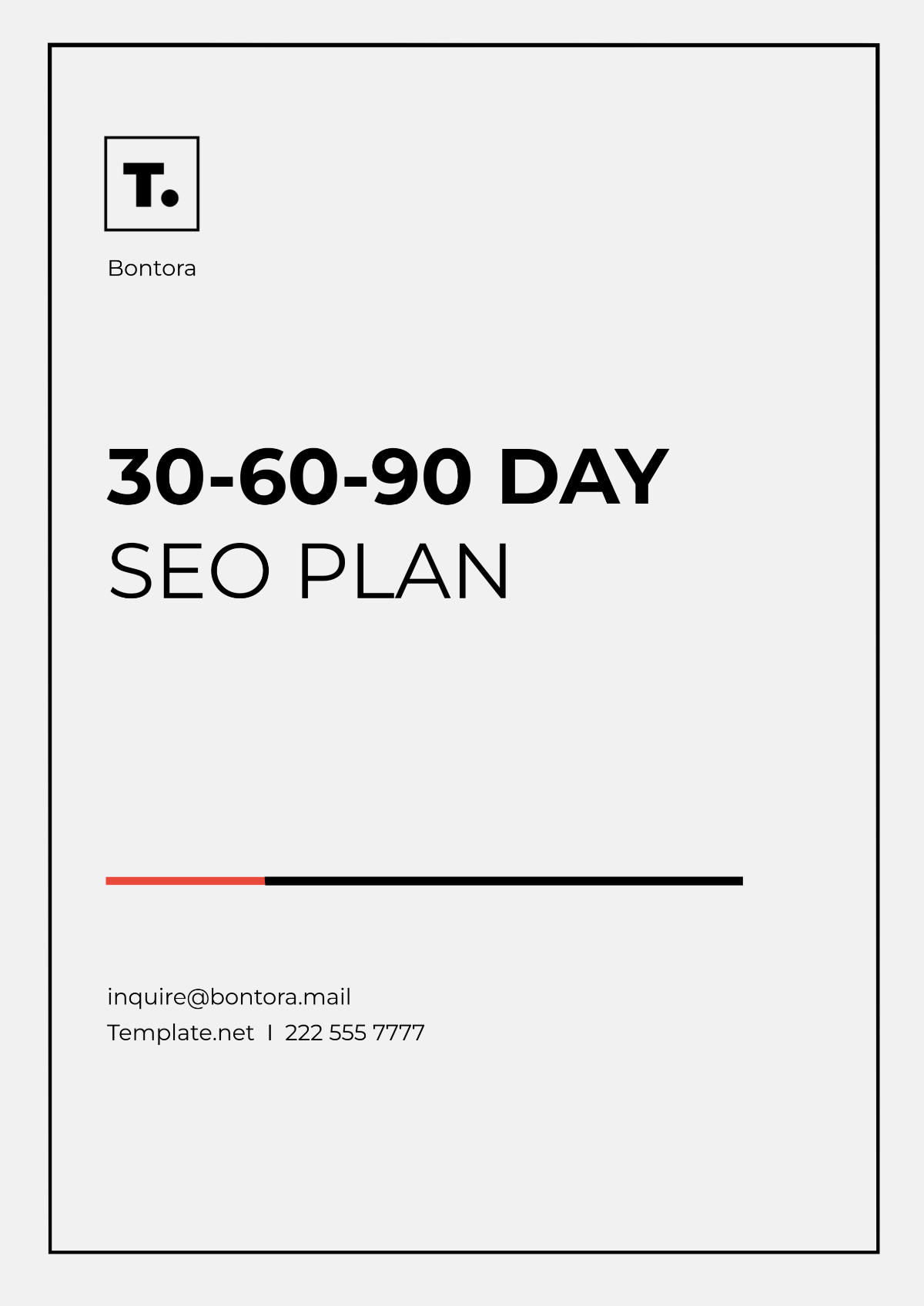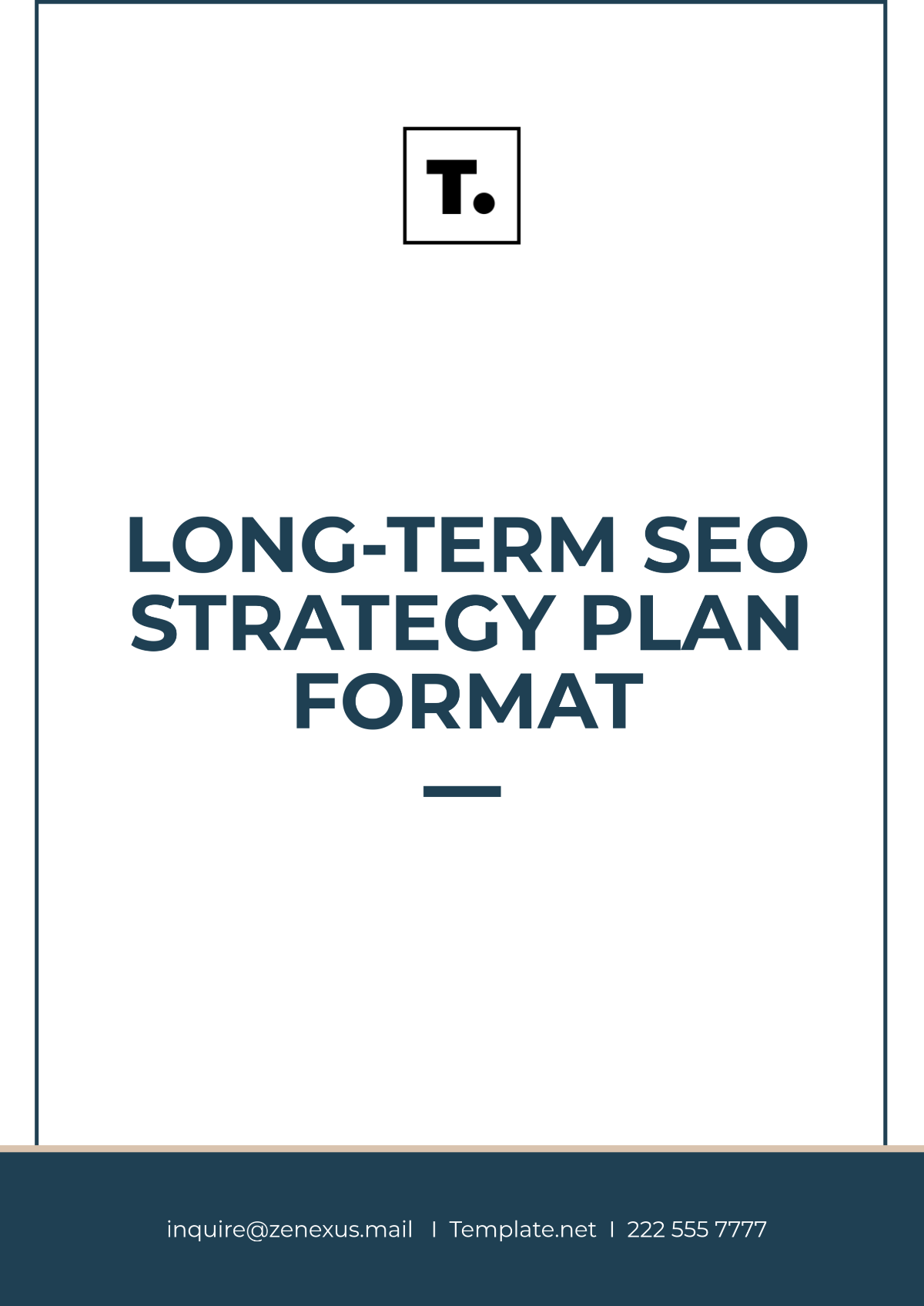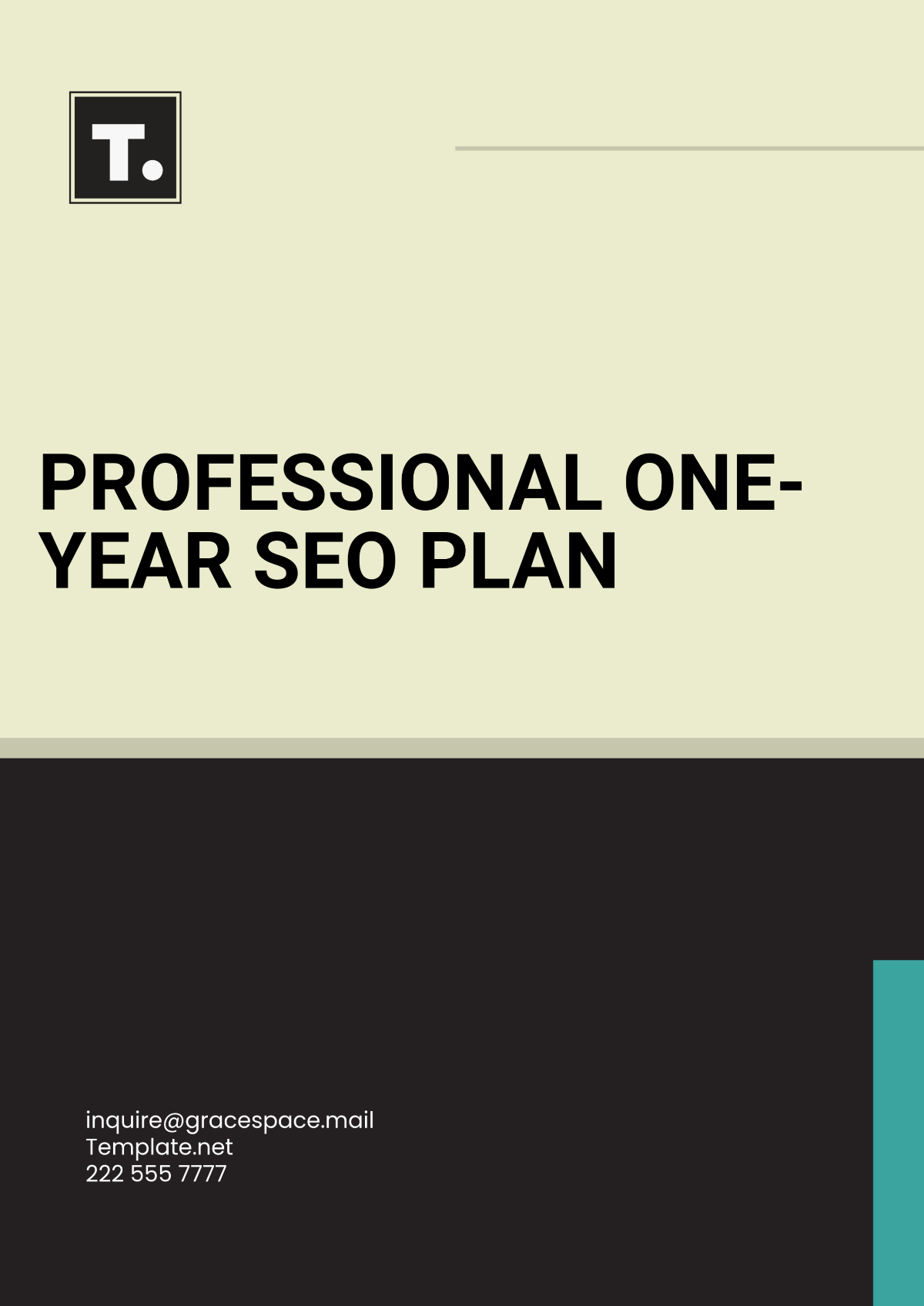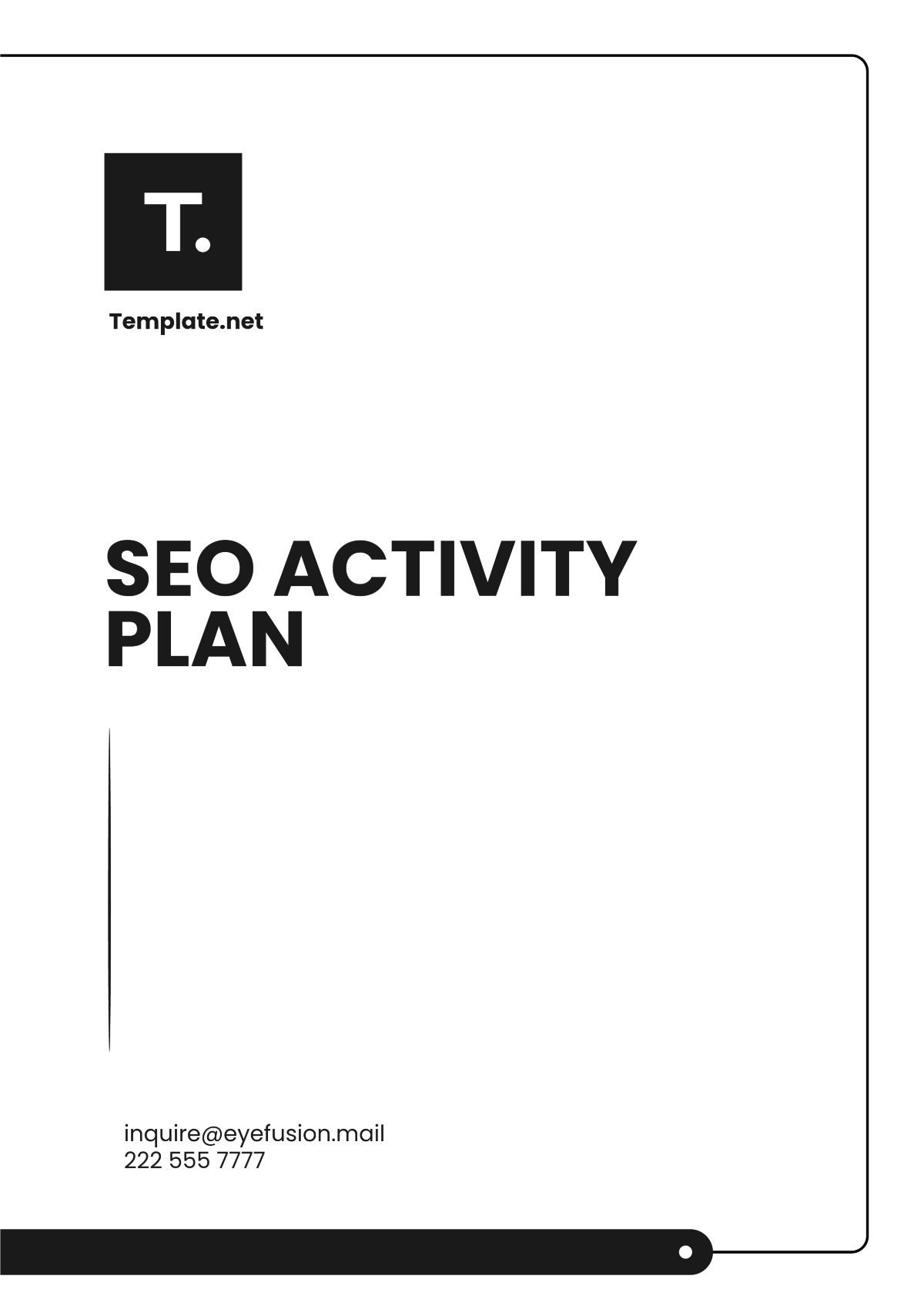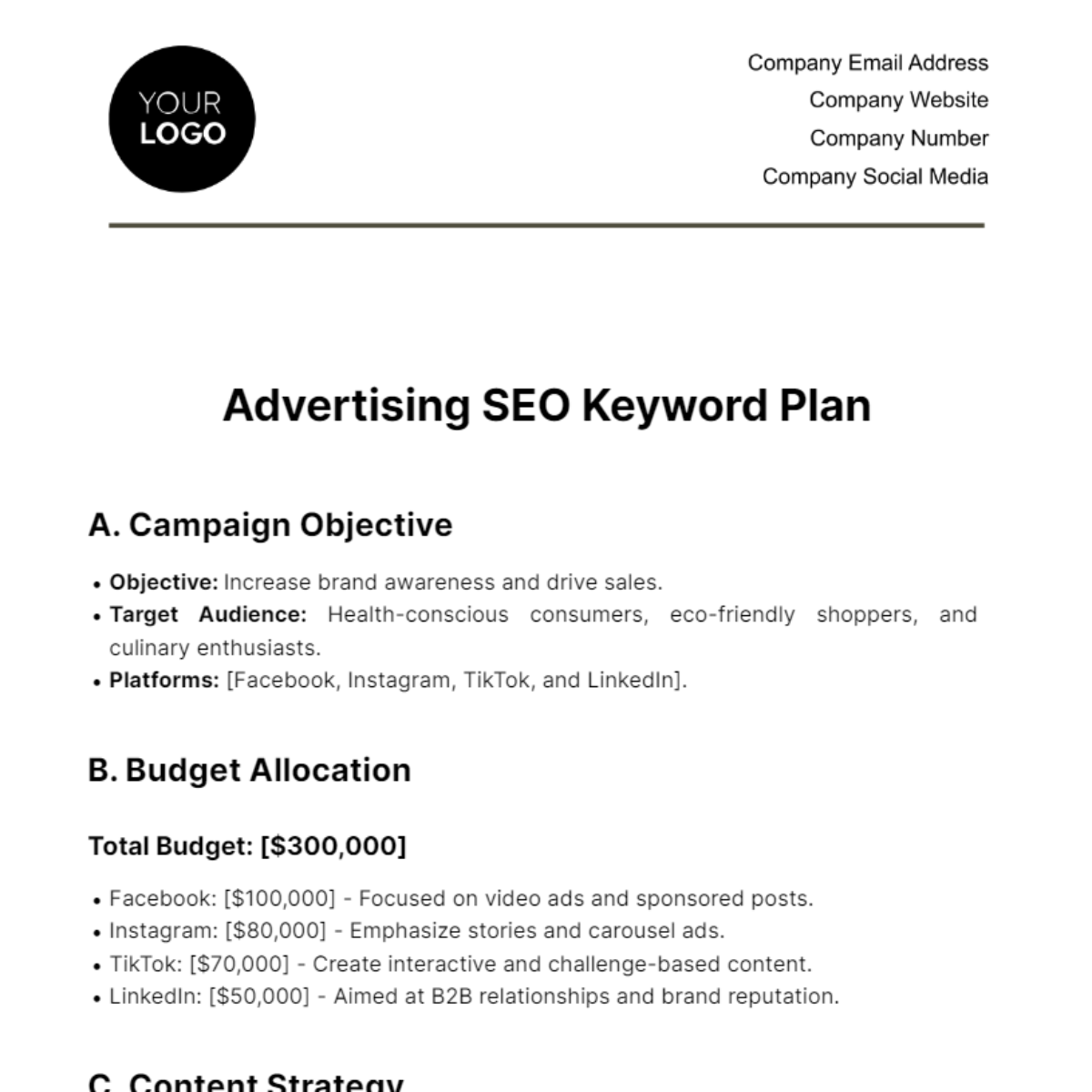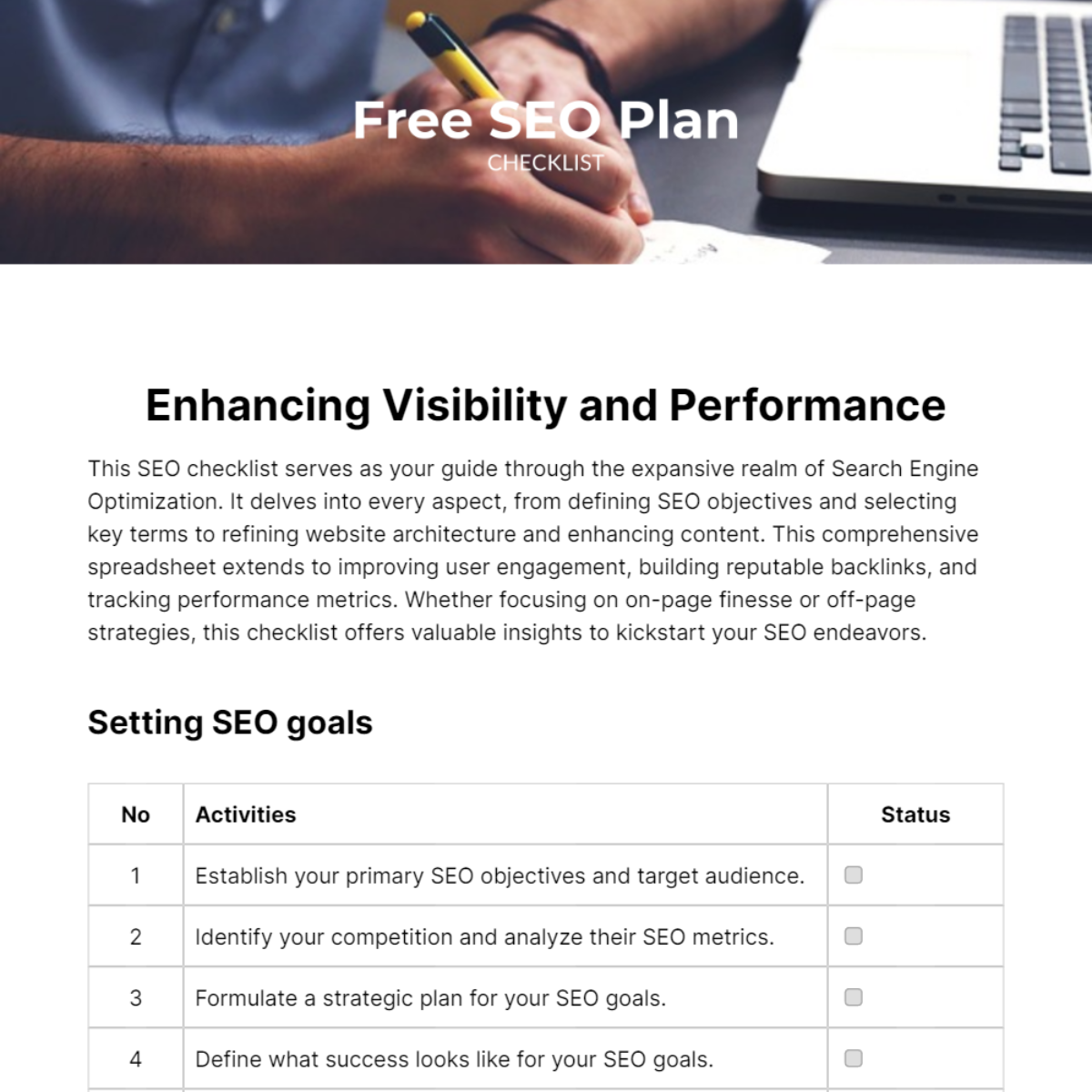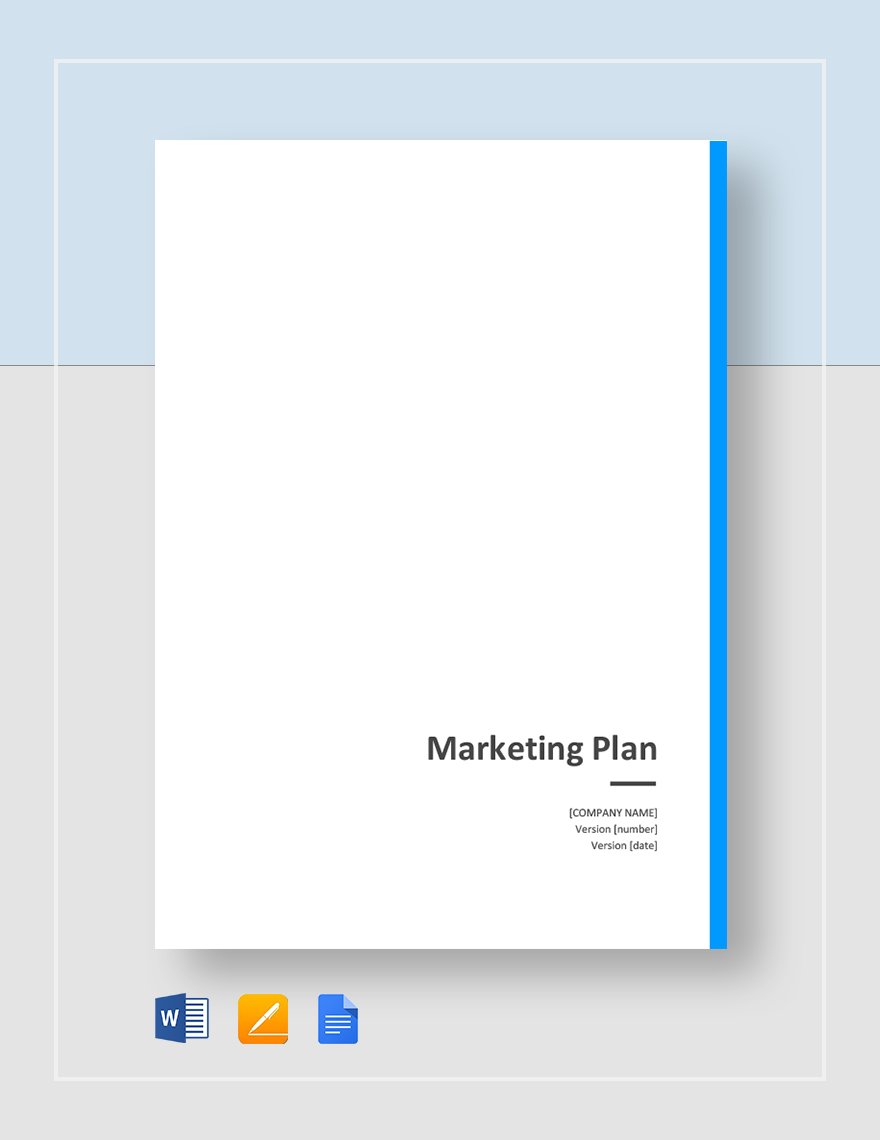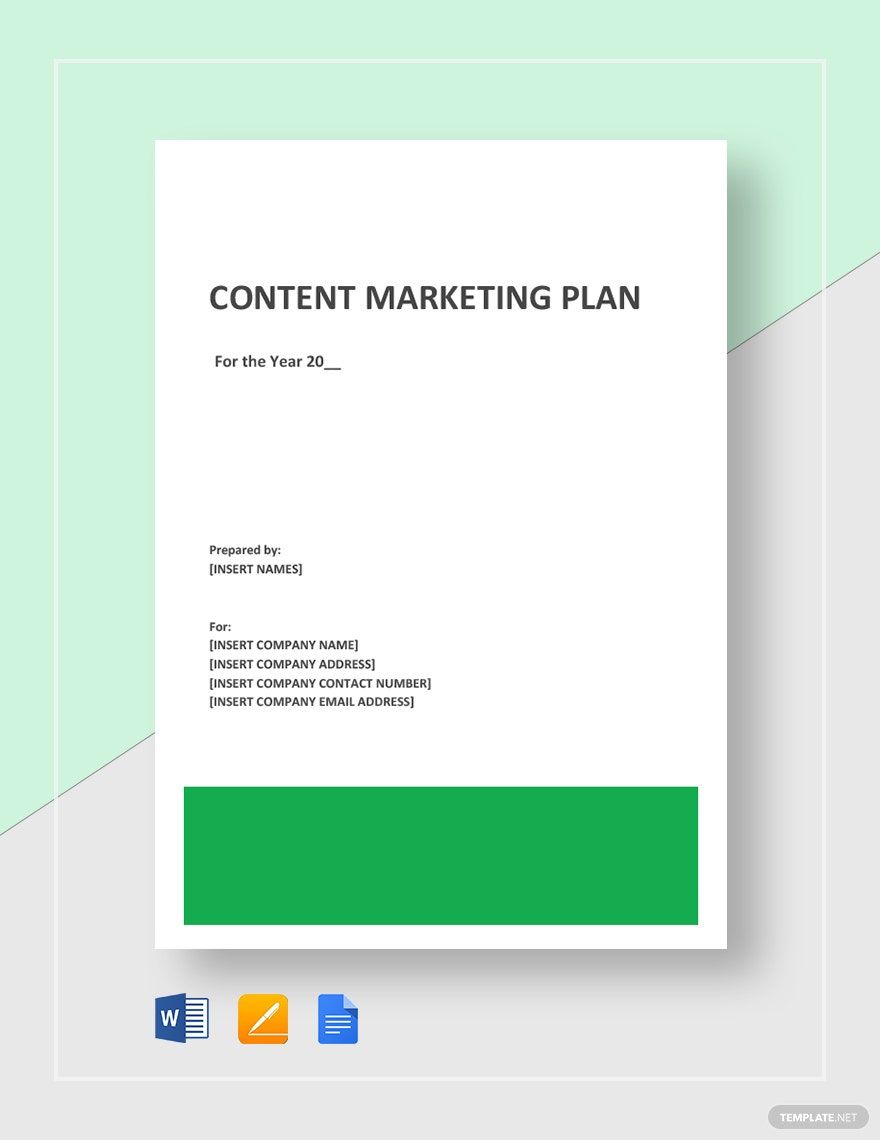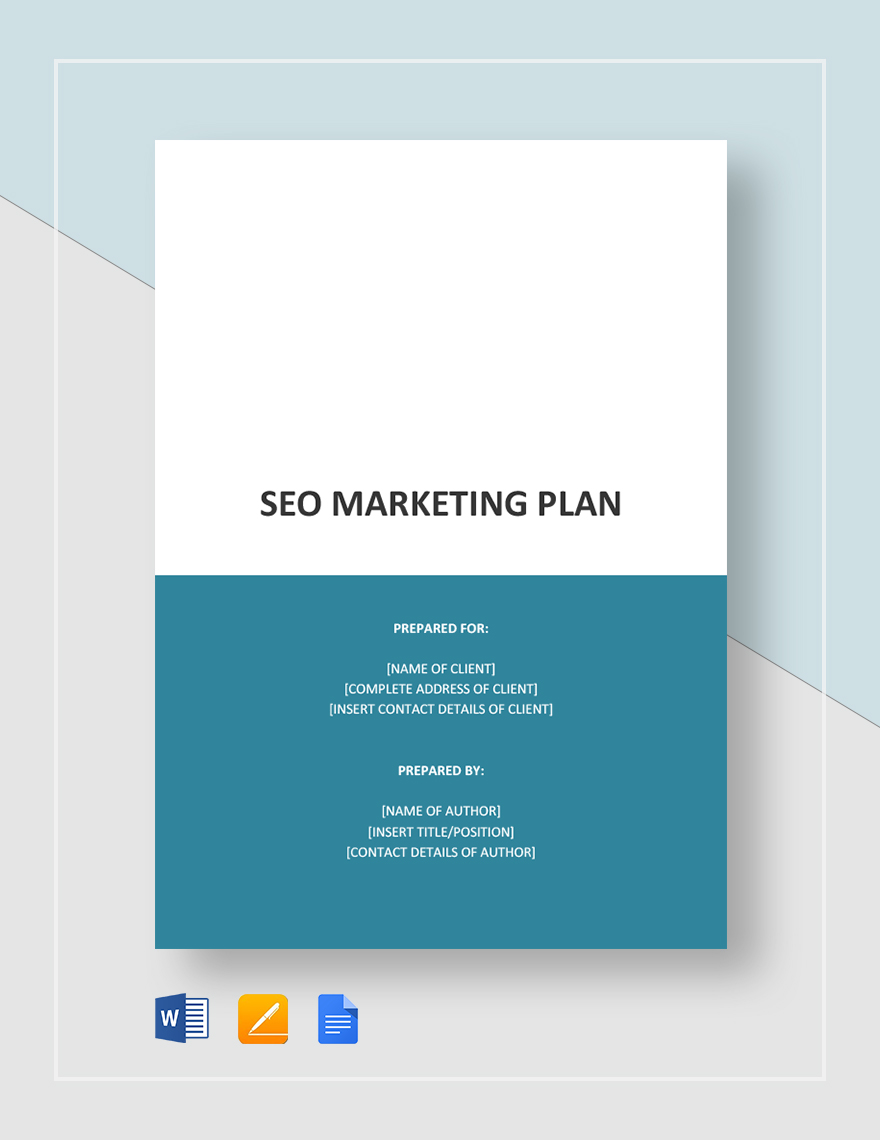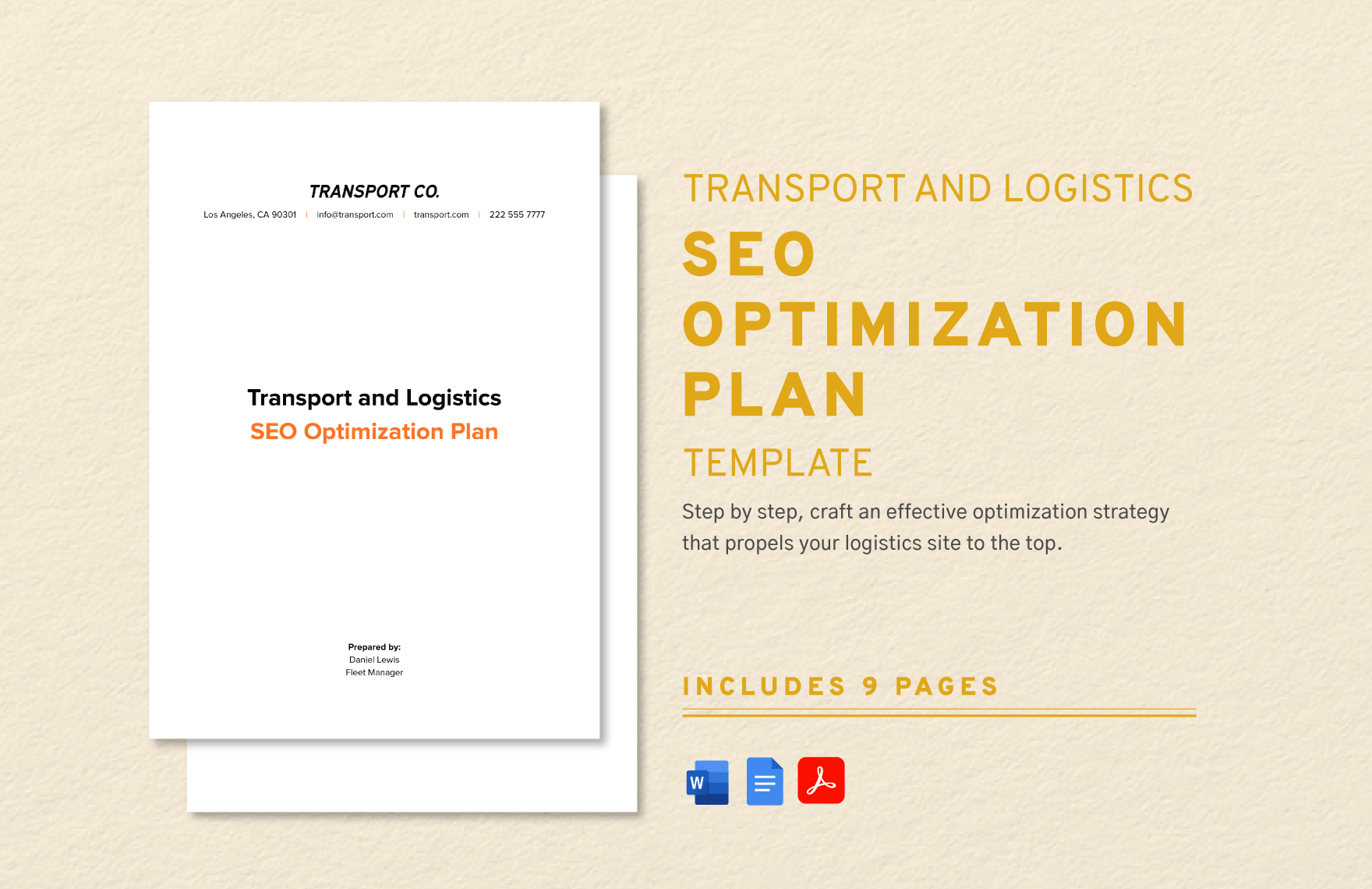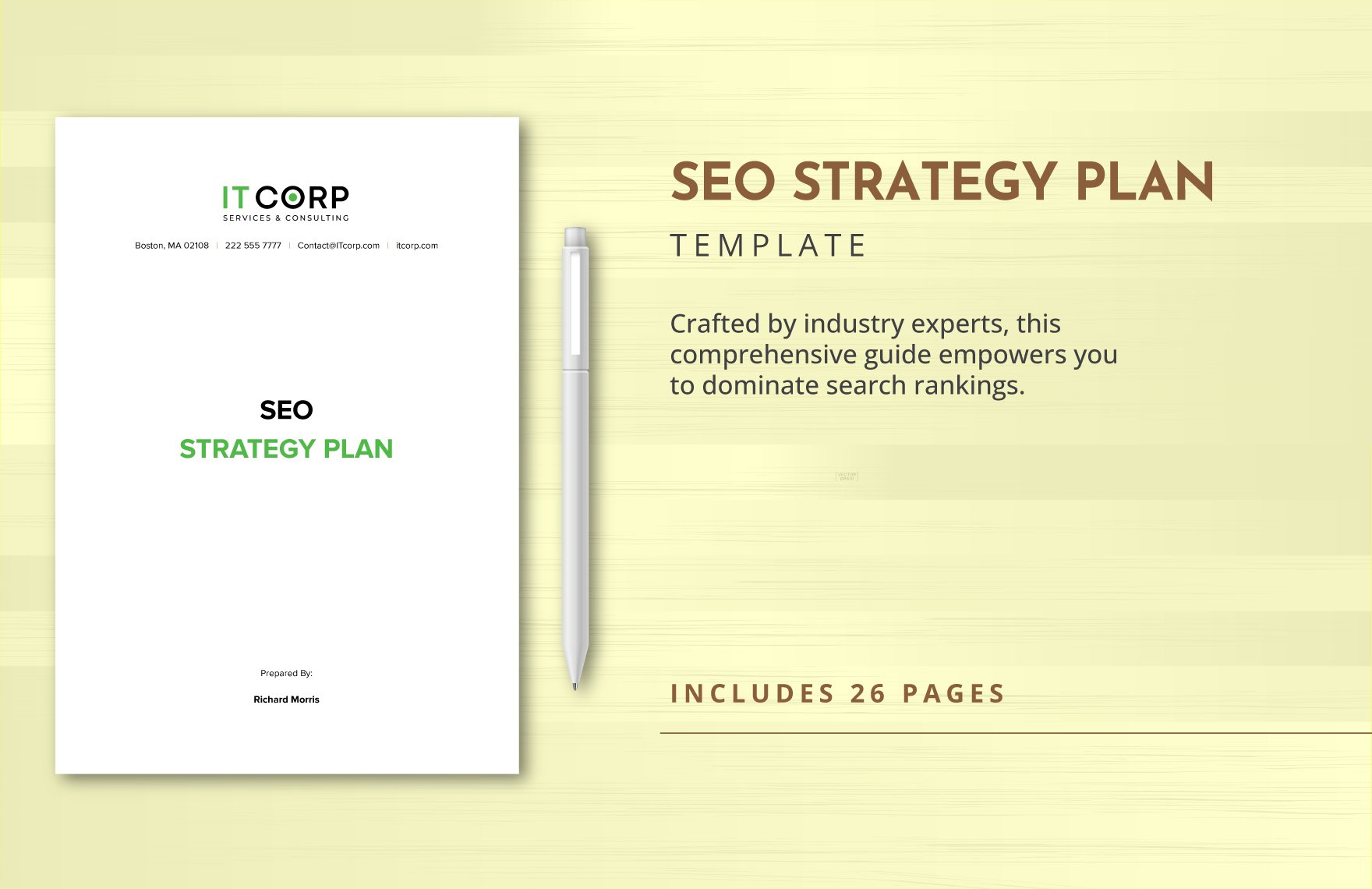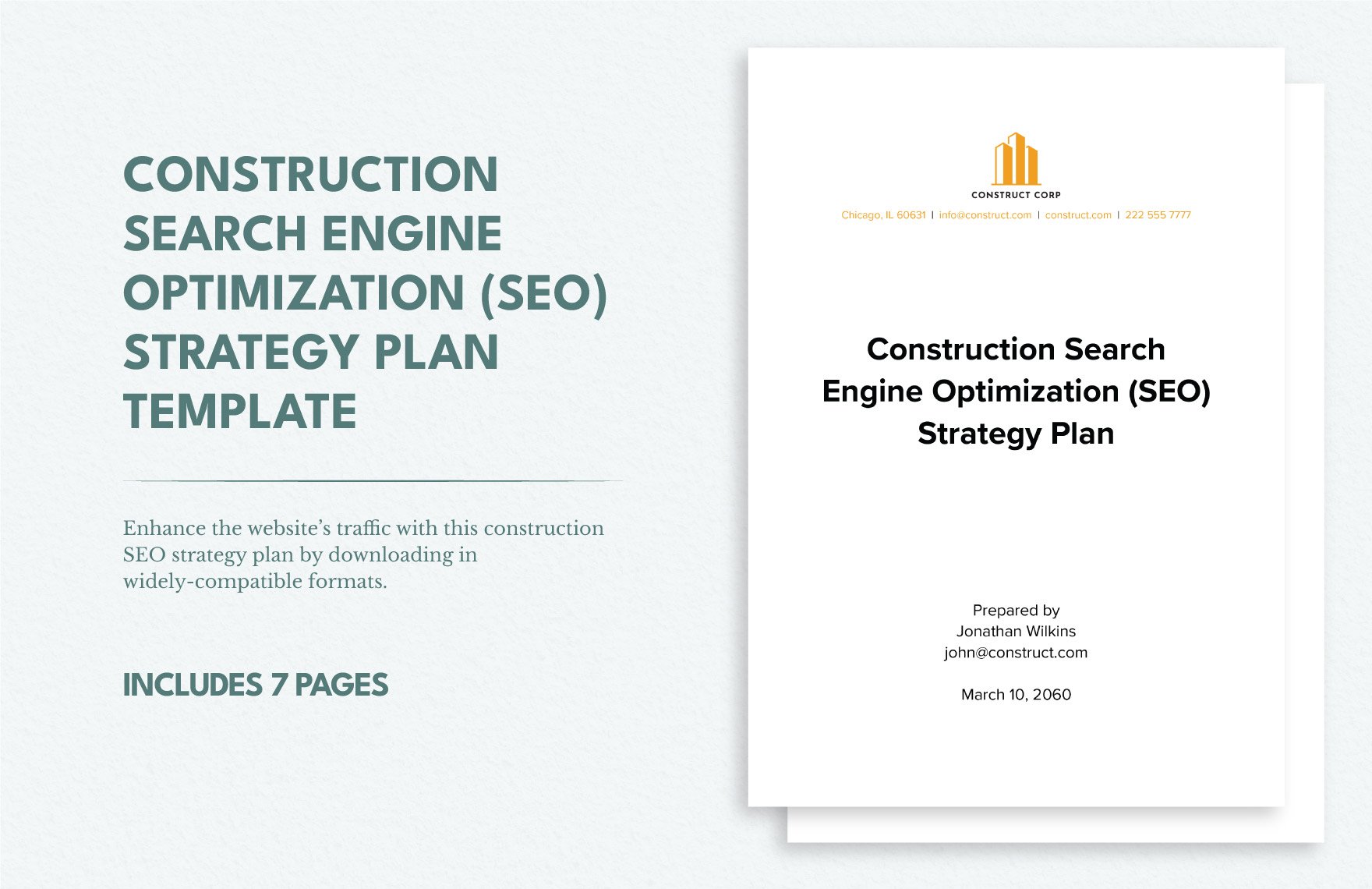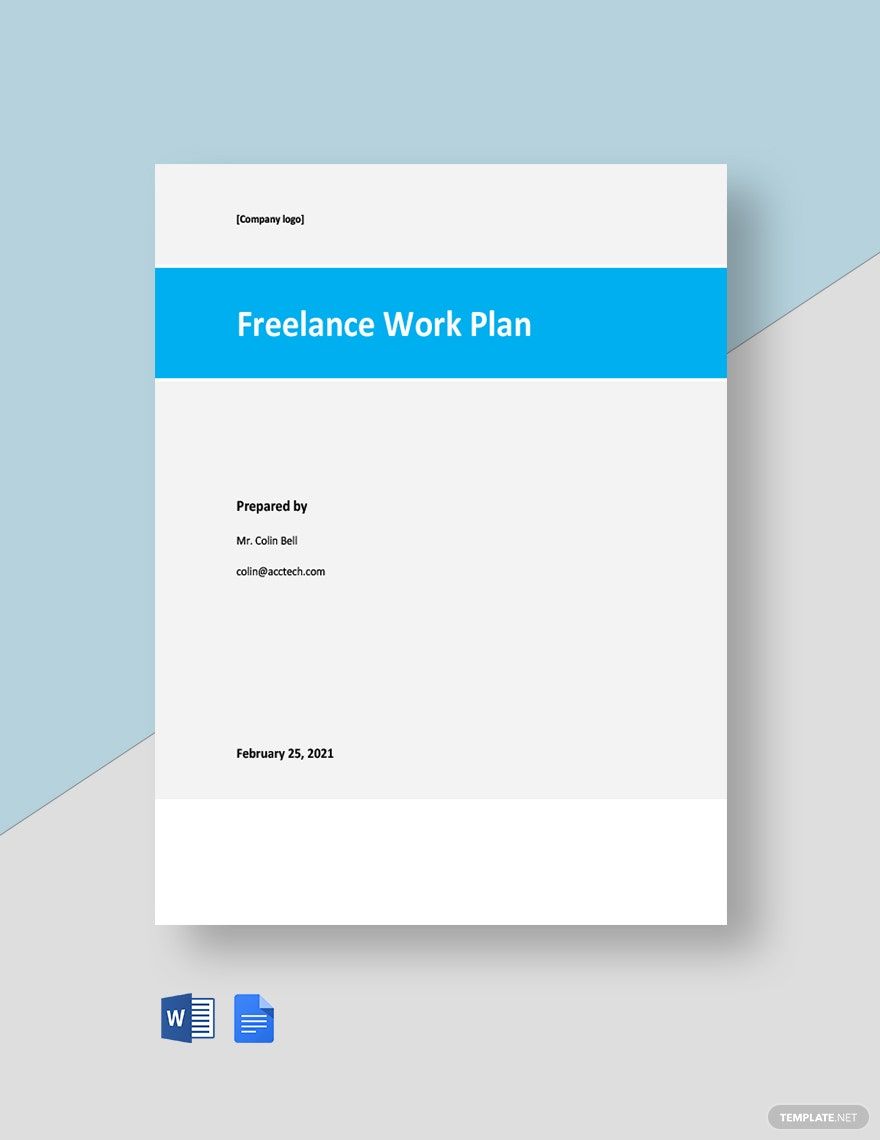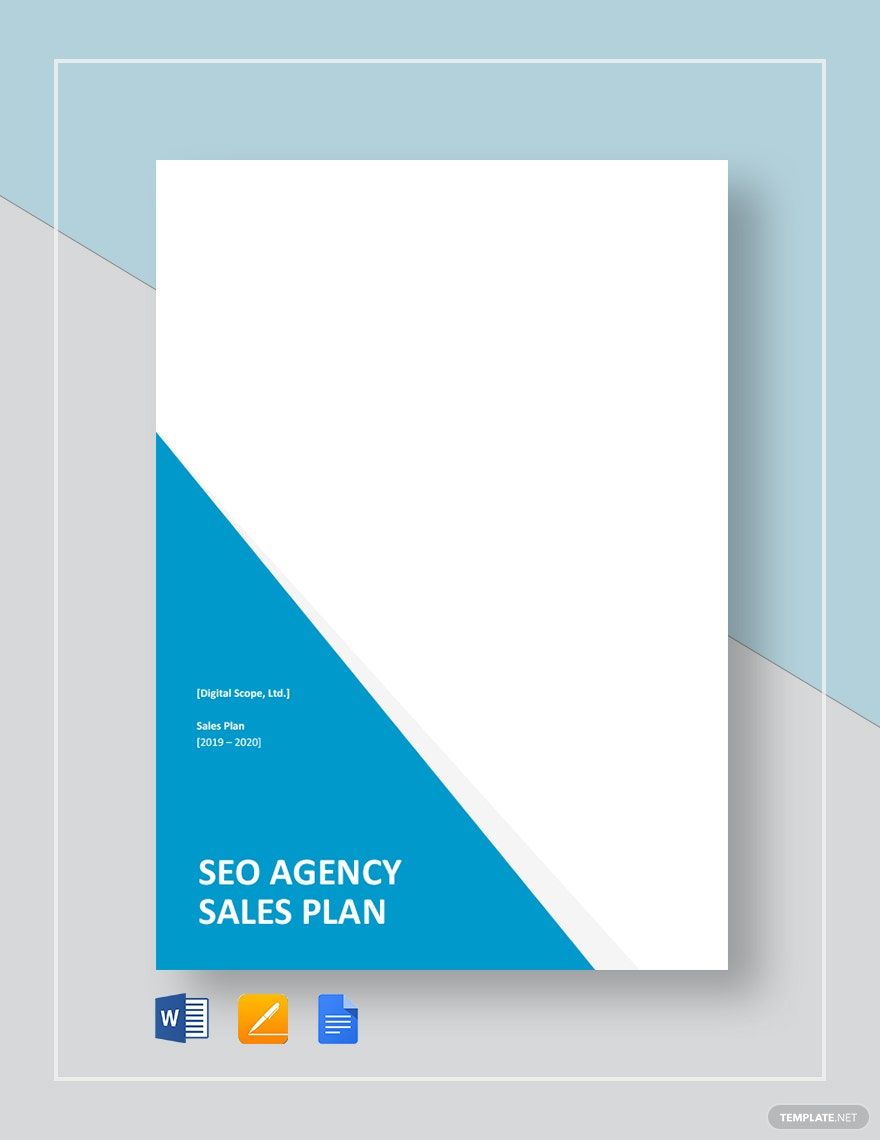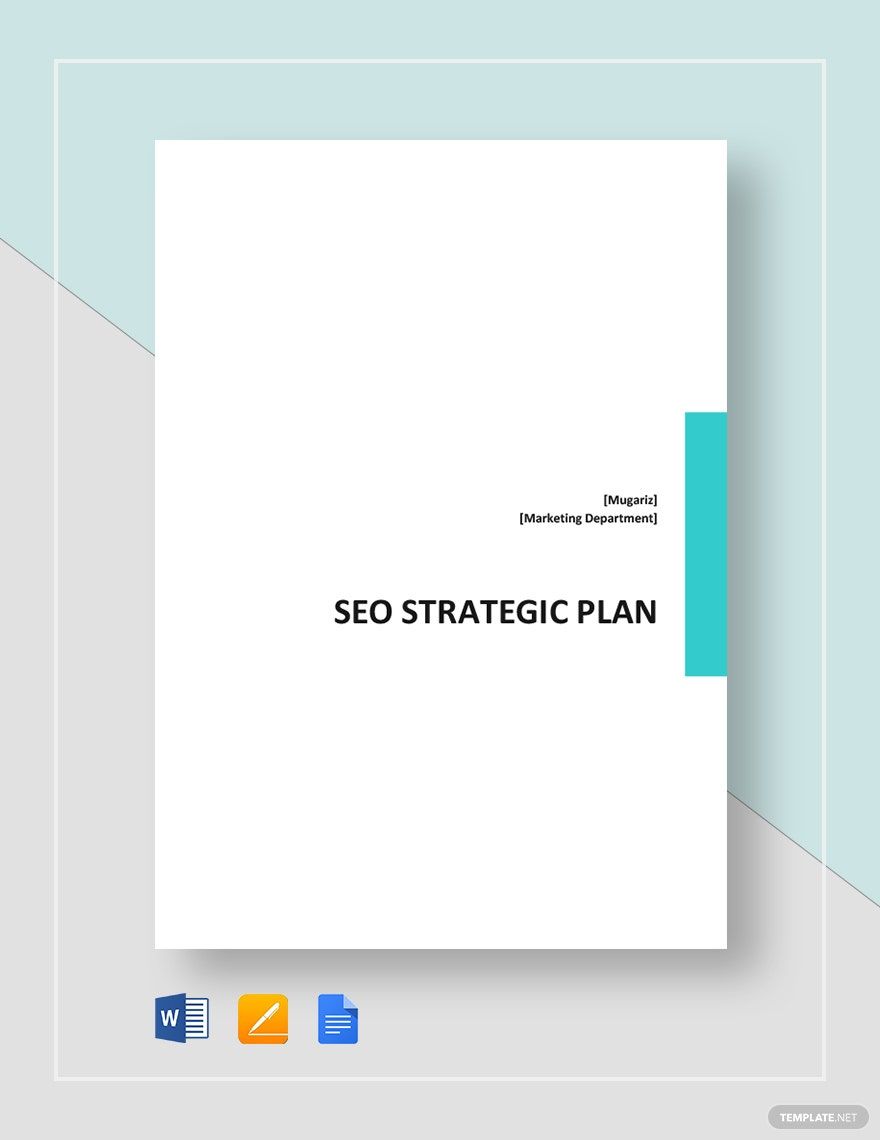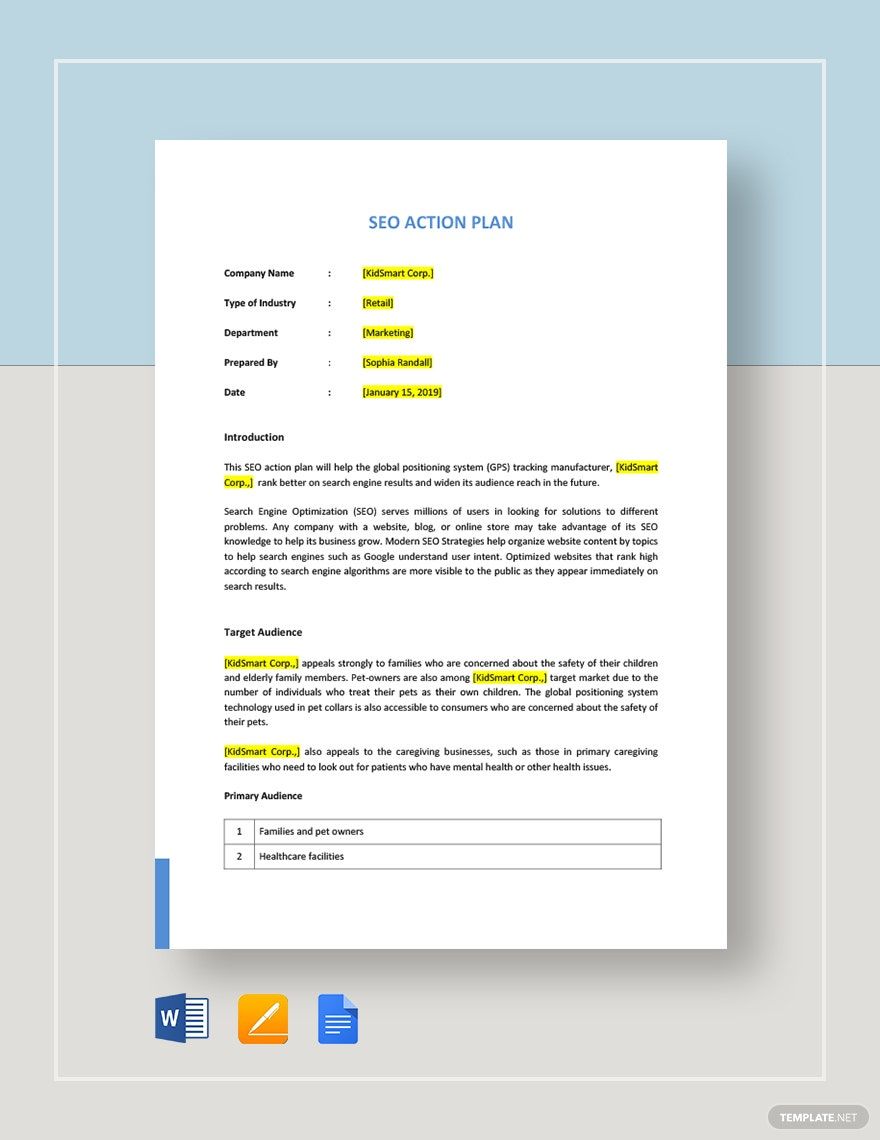Discover your perfect marketing strategy with SEO Plan Templates from Template.net
Bring your digital marketing ideas to life with SEO Plan Templates from Template.net. Perfect for businesses and individuals looking to enhance their online presence, these templates help you keep your strategy clear, engage your team, and reach wider audiences without the hassle. Whether you're looking to promote a sale or invite an audience to an event, these templates are crafted to suit a wide array of purposes. Each template includes placeholders for key details such as dates, promotional codes, and contact information, so nothing is overlooked. With no design skills required, you can SEO Plan Maker effortlessly, ensuring a professional-standard design that can be customized for both print and digital distribution.
Discover the many SEO Plan Templates we have on hand that cater to any marketing initiative. Start by selecting a template that fits your style and purpose, and easily swap in your own images and logos. Adjust colors and fonts to align with your brand, and take advantage of advanced touches like dragging-and-dropping graphics or adding animated effects to make your plan memorable. Using AI-powered text tools, you can ensure your content is compelling and clear. The possibilities are endless and require no technical skills at all. With regularly updated templates, you’ll always find something fresh. Once you're finished, you can download or share your SEO plan via email, export it for print, or publish it directly to your preferred social media platforms, making it ideal for multiple channels.


